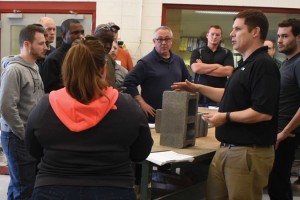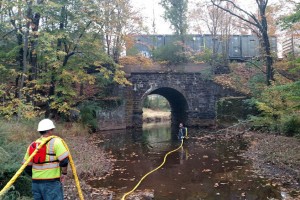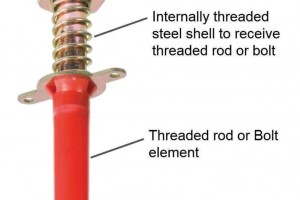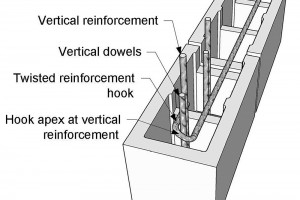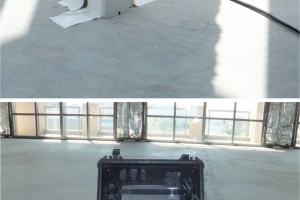Raising the Bar for Testing and Quality Assurance
It is a familiar situation for anyone who has been involved in a masonry construction project. Things have progressed through design, bidding, and contracting, and are in the construction phase. One day, as part of the specified quality assurance program, a testing laboratory technician visits the job, samples materials, and takes them away for testing. Sometime later, usually after 28 days, the dreaded call is made – the materials are not compliant. The project shuts down, meetings ensue, and further evaluation, usually costly destructive testing, is performed. Finally, additional testing shows satisfactory results and the project resumes. However, this process has caused significant lost time and testing. …

